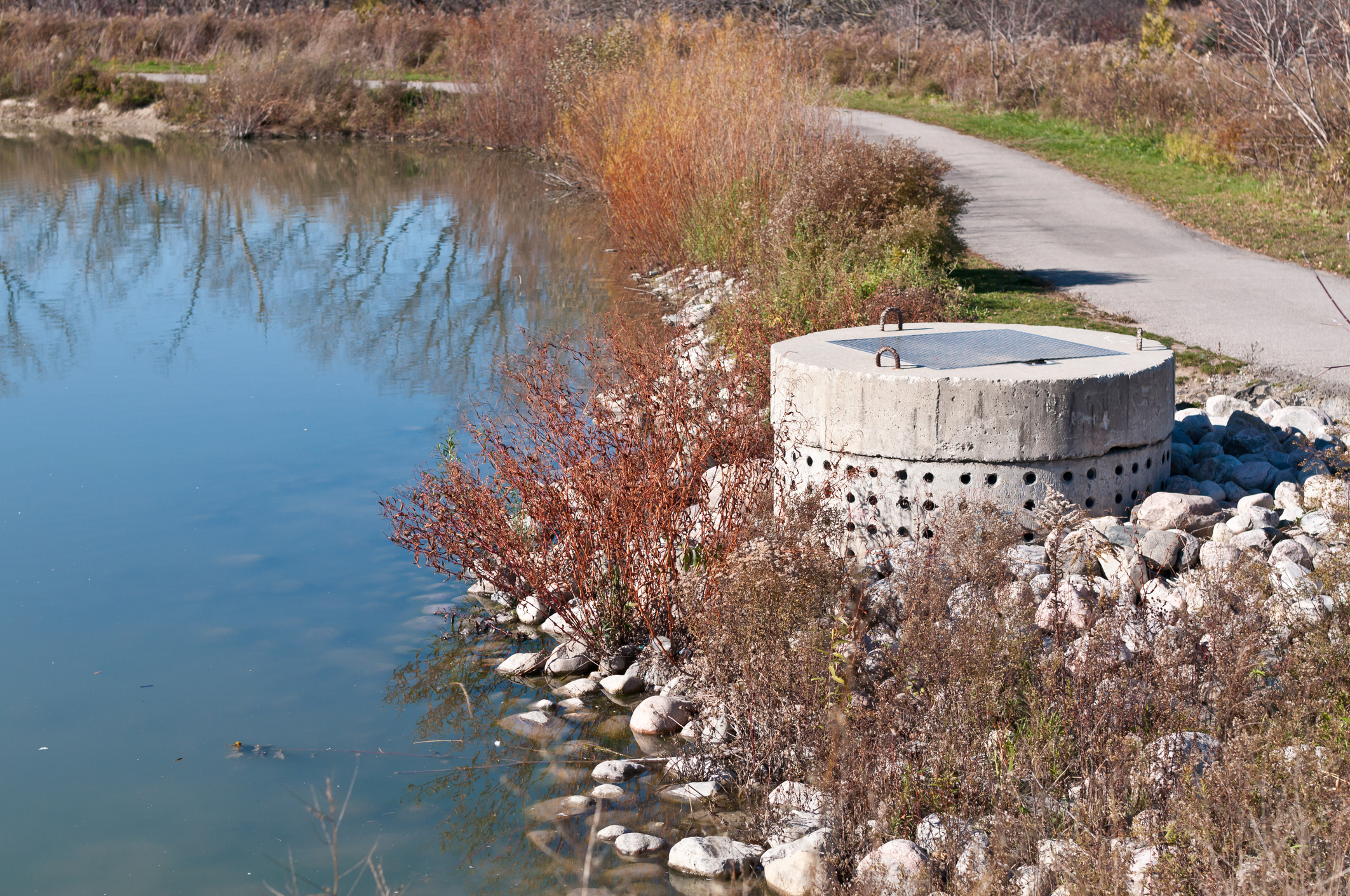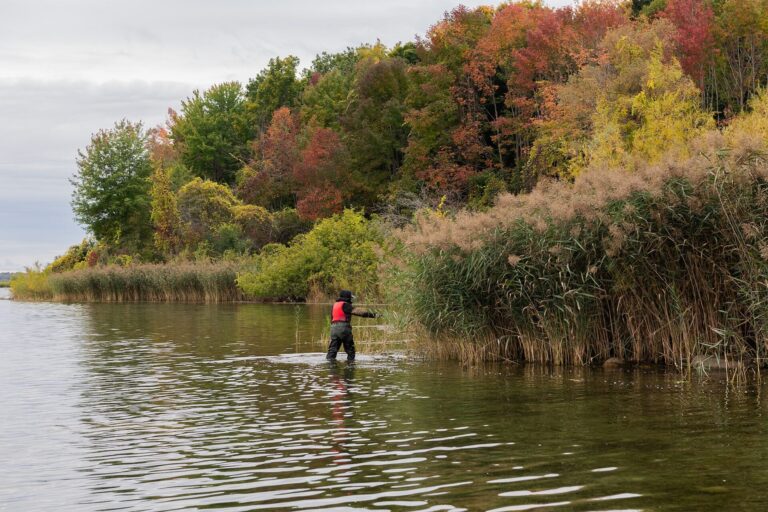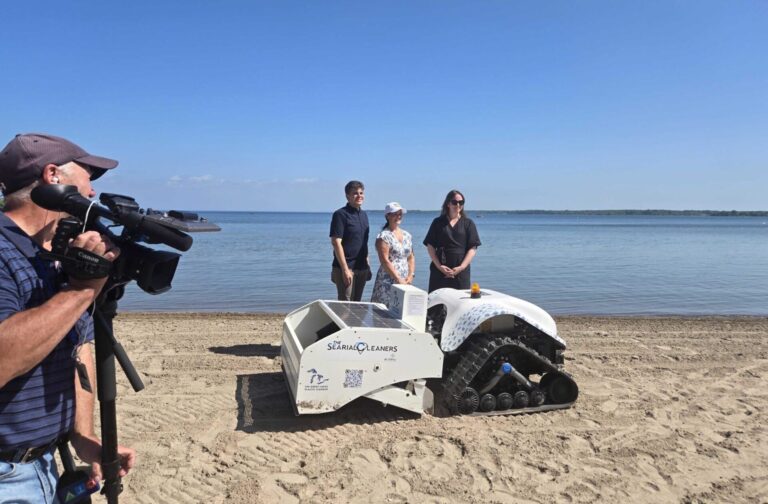A new global initiative will use financial modelling and climate change projections to establish the business case for investing in nature. This will make it easier for investors and government officials to consider to nature-based solutions when making infrastructure spending decisions.
Many decision-makers currently lack the tools to directly compare green or hybrid infrastructure solutions with alternatives—for instance, when making decisions about flood control, food security, coastal protection, water conservation, and wastewater treatment.
The new global initiative will equip decision-makers with:
- Comprehensive, system-wide valuations of natural assets that reflect capital and operating costs.
- Valuations of co-benefits from carbon sequestration, air purification, protection against water scarcity, and climate change adaptation.
- Cost comparisons with grey infrastructure alternatives.
“We are proud to support this venture, which will address the critical evidence gap that investors and project developers currently face as they evaluate whether to invest in nature and nature-based infrastructure,” said Naoko Ishii, chief executive officer and chairperson of Global Environment Facility (GEF). “Making this information more readily available will be a game changer for those making long-term decisions about infrastructure investments for economic recovery and development.”
The initiative is supported by a Special Climate Change Fund managed by GEF. It has approved a $2-million grant for a new venture in partnership with the MAVA Foundation, the International Institute for Sustainable Development (IISD), and the United Nations Industrial Development Organization (UNIDO).
“Our aim for this project is to consider social, economic, and environmental factors to demonstrate the system-wide case for investing in large-scale nature-based solutions,” said Richard Florizone, chief executive officer and president of IISD. “Natural ecosystems like forests, mangroves, wetlands, and grasslands provide a range of ‘services’ that can complement and even substitute for built infrastructure. The strong evidence base we build through this unique partnership will help all market participants confidently invest in nature.”
The MAVA Foundation has pledged $2 million in co-financing to scale up the impact of the project, which will be implemented by UNIDO and executed by IISD.
“Nature is part of the fundamental infrastructure on which thriving societies and economies depend,” said Lynda Mansson, director general of the MAVA Foundation. “Despite its regenerative capacity, natural infrastructure—like built infrastructure—needs maintenance and therefore investment.”
“This project will demonstrate that investing in maintaining and restoring our natural capital provides solutions to societal problems—above all to the adaptation to climate change,” added Mansson. “Most importantly, the training and capacity development offered will scale the project impact far beyond the concrete case examples.”
The project, which will use data from the EU’s Copernicus Climate Change Service, will also include a public online database making information on the valuation and performance of nature-based infrastructure available to a wide variety of project partners and stakeholders.









